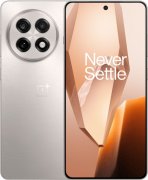Laptops have been outselling desktops for years now, and 'phablets' and
tablets
have been threatening the PC ecosystem as a whole. With
components getting smaller and costs getting lower all the time, it
makes perfect sense that people would gravitate towards
smaller, more
portable products that let them work and live more freely. But desktops
still refuse to die, and for good reason. They are embracing mobile tech
and evolving to suit new situations.
Desktops aren't
irrelevant by a long shot; they just have a perception problem. They're
affordable thanks to mass production. They're easy to build and maintain
yourself, thanks to standardisation. They're not just for gamers and
professionals who need serious amounts of power; they're usually more
useful than laptops, especially the more affordable ones that have
weak screens, awful keyboards, and very limited power.
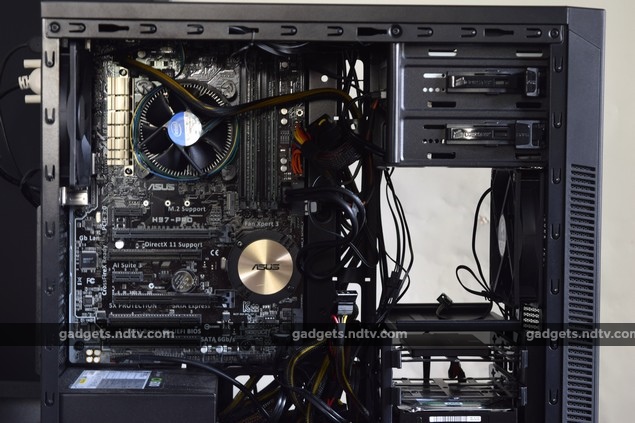
But there's
one thing about desktops that could use an update. Desktop towers were
designed decades ago, when each function of a computer required a
separate physical module. There were cards for video, sound, networking,
and cards for the most basic things we take for granted today, such as
being able to plug a printer in. The standard ATX layout allows space
for seven or eight such cards, as well as hard drives, floppy drives,
fans and loads more.
SSDs are way smaller than hard
drives, optical media is all but dead, today's processors don't need as
much cooling as older ones did, most communications and expansion
options are built into motherboards, and you can get pretty decent
gaming performance out of medium-sized, mid-range graphics cards. All
that empty space inside a PC cabinet is never going to be needed. There
are external USB products for nearly anything you might ever want to
add.
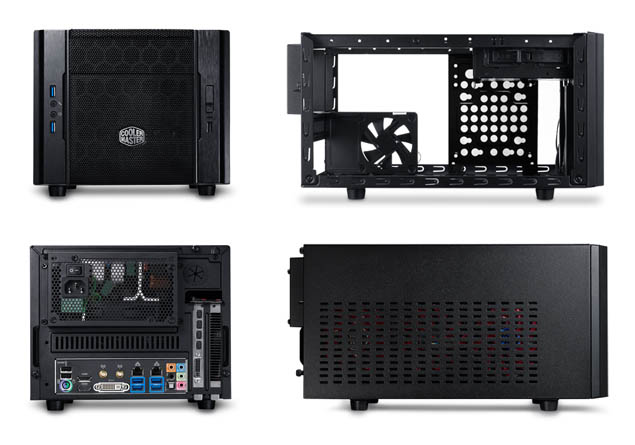
Mini-ITX is the result of shedding all that baggage -
components can be made smaller and rearranged so that the computer is
less than half or a third the size of an ATX tower but still gives you
all its benefits. Components are all standard and swappable, which means
you can easily upgrade if ever needed and make repairs. Plus, they
actually look good. Cabinets such as Cooler Master's Elite 130,
Corsair's Obsidian 250D and Antec's ISK 600 are small cuboids, but there
are others that experiment more with design, such as Corsair's bulbous
Graphite 380, and Antec's ISK-310 which looks like a home theatre
component.
The main downside is that components such as
Mini-ITX motherboards and M.2 SSDs tend to be more expensive because
they're not quite mainstream yet. A lot of functionality is packed into a
small space so you might have high temperatures. Enthusiast-class parts
usually fit, but poor airflow can also mean more noise.
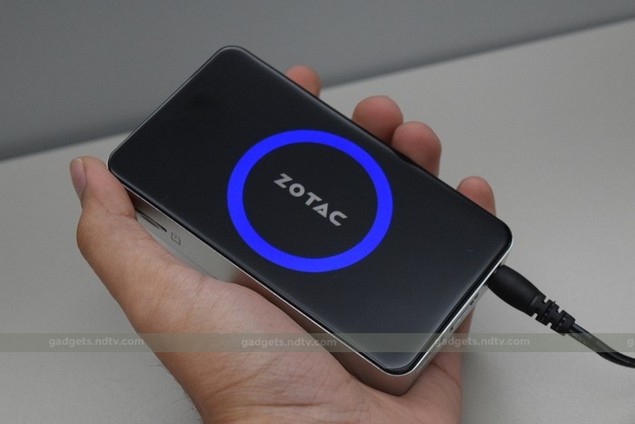
Building
a Mini-ITX PC can be a bit difficult because of the lack of space to
work with, and unfortunately there aren't any ready-made PCs this size
from the big brands. That doesn't mean they aren't thinking of smaller
PCs, though. Dell, HP, Lenovo and Acer sell all-in-one PCs which are
neater and easier to set up. Several of these have touchscreens and some
even have batteries so you can move them around. There are limitations
though; the most obvious is that you wind up throwing the whole thing
out after it ages, even if the LCD panel is perfectly fine. Many of
these use laptop-class components which are smaller and generate less
heat, at the cost of performance.
On the other hand, the
component majors prefer modularity and have been trying to popularise
palm-sized standalone desktops. These are smaller than Mini-ITX boxes
but don't use standard parts - usually only the RAM and storage are
accessible. Zotac pioneered the concept with its ever-shrinking Zbox
line, Asus has some stylish options called VivoPC and VivoMini, and
Gigabyte has taken the high-performance gaming route with its Brix
models. Even Intel has been experimenting with minimalist designs with
its Next Unit of Computing line. Most of these can be strapped to the
back of an LCD monitor so are effectively the same as all-in-ones; the
end result is less attractive but more flexible.
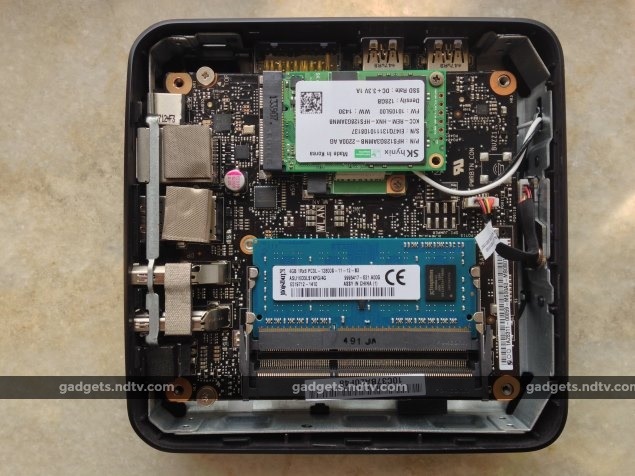
Moving
into really tiny territory, we have PCs the size of candy bars or decks
of cards. Some, such as the Zotac Zbox Pico can actually sit on a desk,
but a new breed such as the Intel Compute Stick just plug right in to an
HDMI port on any monitor or TV. Performance is severely limited and
there is zero scope for upgrading, but to be honest, they're perfectly
fine for basic productivity and communications - and what's more,
they're dirt cheap. This is a terribly exciting category of computers
because it's really easy to see them popping up in offices, schools and
homes everywhere.
So there are dozens of options for
those who would like a full-blown PC but hate the idea of a desktop
tower. If you're never going to fill all that empty space, you don't
need an old-fashioned PC but you don't need to sit hunched over a tiny
laptop either. There is a vast area of middle ground to be explored, so
don't write off the desktop just yet.
For the latest tech news and reviews, follow Gadgets 360 on X, Facebook, WhatsApp, Threads and Google News. For the latest videos on gadgets and tech, subscribe to our YouTube channel. If you want to know everything about top influencers, follow our in-house Who'sThat360 on Instagram and YouTube.
Further reading:
AIO,
Acer,
Antec,
Asus,
Asus Vivomini,
Cooler Master,
Corsair,
Dell,
Gigabyte,
HP,
Intel,
Intel Compute Stick,
Lenovo,
Mini-ITX,
NUC,
PC,
Zotac,
Zotac Zbox Pico,
desktop PC,
desktop PCs,
gaming desktop,
small form factor
 HP Dragonfly Folio G3 Convertible Laptop Launched in India Alongside New Desktop, Monitor, Webcam: Details26 August 2022
HP Dragonfly Folio G3 Convertible Laptop Launched in India Alongside New Desktop, Monitor, Webcam: Details26 August 2022 HP Envy 34-Inch, Pavilion 31.5-inch All-in-One PCs With 11th and 12th Gen Intel Core Processors Launched in India9 August 2022
HP Envy 34-Inch, Pavilion 31.5-inch All-in-One PCs With 11th and 12th Gen Intel Core Processors Launched in India9 August 2022 Lenovo Tab P12 Pro tablet, Yoga AIO 7 Desktop Launched in India: All Details9 June 2022
Lenovo Tab P12 Pro tablet, Yoga AIO 7 Desktop Launched in India: All Details9 June 2022 Lenovo Yoga AIO 7 Refreshed With AMD Ryzen 6000 Processors: Details9 May 2022
Lenovo Yoga AIO 7 Refreshed With AMD Ryzen 6000 Processors: Details9 May 2022 Dell Inspiron 24 5000 All-in-One PC With Up to AMD Ryzen 5000 Series Processors Launched2 March 2022
Dell Inspiron 24 5000 All-in-One PC With Up to AMD Ryzen 5000 Series Processors Launched2 March 2022



![Gadgets 360 With Technical Guruji: News of the Week [March 29, 2025]](https://c.ndtvimg.com/2025-03/9cu1890s_news-of-the-week_160x120_29_March_25.jpg?downsize=180:*)




